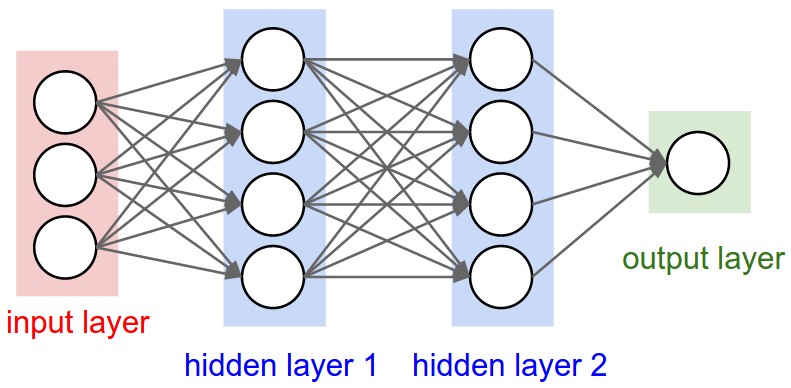We have been profiling a number of machine learning APIs lately, not because there is an opportunity to proxy and stream the APIs, but because of the possibilities around applying common machine learning models to the data and content streams our customers are producing. One of the interesting machine learning APIs we are profiling currently is called ParallelDots, which provide a suite of common, yet powerful machine learning models that anyone can integrate into their applications.
As we profile the ParallelDots API, we are considering the possibilities for trickling, or streaming updates via the APIs our customer’s are proxying using our service. Consider some of the opportunities for posting stream updates to any of the following APIs:

– Sentiment – Sentiment API accepts input text, language code and API key to return a JSON response classifying the input text into a sentiment.
– Emotion – Our Emotion Analysis classifier is trained on our proprietary dataset and tells whether the underlying emotion behind a message is: Happy, Sad, Angry, Fearful, Excited, Funny or Indifferent.
– Semantic Similarity – Semantic Analysis API helps users cluster similar articles by understanding the relatedness between different content and streamlines research by eliminating redundant text contents.
– Name Entity Recognition – Named-entity recognition(NER) can identify individuals, companies, places, organization, cities and other various type of entities. API can extract this information from any type of text, web page or social media network.
– Keywords – Keyword Generator are powerful tools in text analysis that can be used to index data, generate tag clouds and accelerate the searching time. It generates an extensive list of relevant keywords and phrases to make research more context focussed.
– Taxonomy – Text Classification can be useful in understanding customer behavior by categorizing conversations on social networks, feedback and other web sources.
– Intent – This classifier tells whether the underlying intention behind a sentence is opinion, news, marketing, complaint, suggestion, appreciation, query. This is trained on our proprietary dataset.
– Abuse – Abusive content specifier specifies whether the content is abusive or not.
– Text Parser – Understand the text entered by using our API.
– Custom Classifier – Custom Classifier API accepts input text, categories with a list of sub-categories and API key to return a JSON response classifying the input text into categories provided.
– Virality Detection – Get the virality score of your picture on social media.
– NSFW – Nudity detection classifier is a powerful tool to filter out pornographic and non-pornographic images from social media feeds, forums, messaging apps, etc.. ParallelDots nudity detection classifier can filter such content and help build a safer platform for your community.
– Phrase Extractor – Get phrase keywords from the text in the input.
– Multi-Language Keywords – Extract Keywords from different languages using this API.
Imagine the possibilities for directing Streamdata.io stream updates to any of these ParallelDots machine learning APIs. From sentiment analysis to phrase extraction, there is a wealth of opportunities to proxy existing JSON APIs, and publish incremental results to machine learning APIs like this. Helping make sense of the streams in real time, understanding what events are occurring, and the details of the data and content being published. Augmenting the existing API streams with more intelligence, and rich meta data regarding was is happening in real time.
As we profile more machine learning APIs, we will continue expanding our catalog of intelligence APIs like these, which can be applied to the streams you are publishing using Streamdata.io. Eventually, we’d like to be able to further automate, and connect our platform with the wealth of machine learning and artificial intelligence that is emerging via this new class of APIs. Feel free to reach out, and let us know if there are particular types of artificial intelligence you’d like to see available for applying to updates from your data and content streams–we are happy to focus our API profiling in on specific areas to better help you achieve your objectives.


